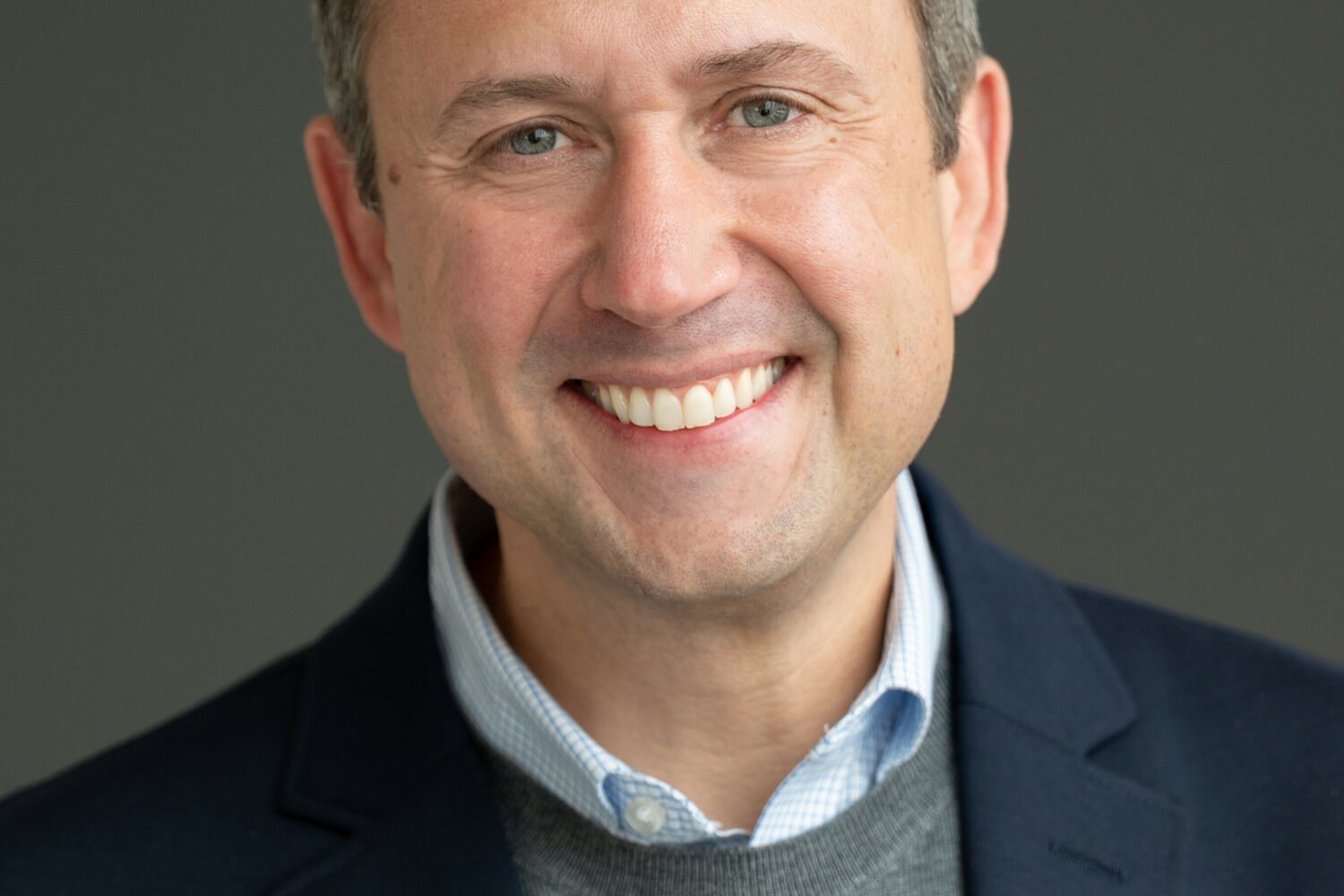The biggest challenge for area emergency care would be a sudden increase in the need for emergency-department (ED) beds resulting from a disaster.
“We don’t have much surge capacity right now,” says Dr. Eric Glasser, medical director for emergency preparedness at Georgetown University Hospital. “We don’t have fat in the system. If there’s a brief influx of patients from some disaster or epidemic, we can handle that even though it strains the system—and we are light years ahead of where we were before 9/11—but we are not ready to handle something like a flu pandemic or a bioterrorism attack, something that could last for weeks or months.”
The American College of Emergency Physicians report card gave both the District and Maryland an A for disaster preparedness, and Virginia earned a B-plus. The District receives the nation’s highest level of disaster-preparedness funding per capita from the federal government, and it has more ICU and burn-unit beds and more burn centers per capita than any state. Even before the region increased its preparedness, area emergency departments performed well on 9/11.
“We were one of the hospitals involved with 9/11, and we were busy that day, but when the call went out that there had been an attack at the Pentagon, we emptied the ED in 20 minutes,” says Dr. Martin Brown, chair of emergency medicine at Inova Alexandria Hospital. “We also canceled all the elective surgeries, all the ORs were opened, and our endoscopies were canceled to make that suite available because an extreme situation called for extreme measures. We took care of 25 patients from the Pentagon attack—mostly smoke inhalation, cuts, and burns. The serious burn cases went to the burn center at the Washington Hospital Center.”
Later, Inova Fairfax dealt with the anthrax scare and was the first area hospital to diagnose exposed postal employees.
Since 2001, the Washington area has instituted a regional approach to emergency care in the event of disaster. Coordinated by the Metropolitan Washington Council of Governments and with the help of federal grants, hospitals and emergency agencies in the region are now linked by an effective communications network, and they meet and plan with one another in ways they didn’t before 9/11, says Glasser.
Area hospitals now have decontamination facilities in case of biological or chemical terrorism as well as increased stores of emergency medical supplies, and they engage in joint disaster-training exercises.
Suburban Hospital has a working relationship with both NIH and Bethesda Naval Hospital to set up a 50-bed field hospital on the grounds of the naval hospital. The fully equipped facility could be assembled in five to seven hours and would have all the equipment needed to care for critically injured or ill people.
“The system won’t fall apart if we have a disaster,” says Dr. Bob Cates, chair of emergency medicine at Inova Fairfax Hospital. “But you can’t plan for everything and you really don’t know how well things will work unless you’re tested.”
This article first appeared in the April 2009 issue of The Washingtonian. For more articles from that issue, click here.


















